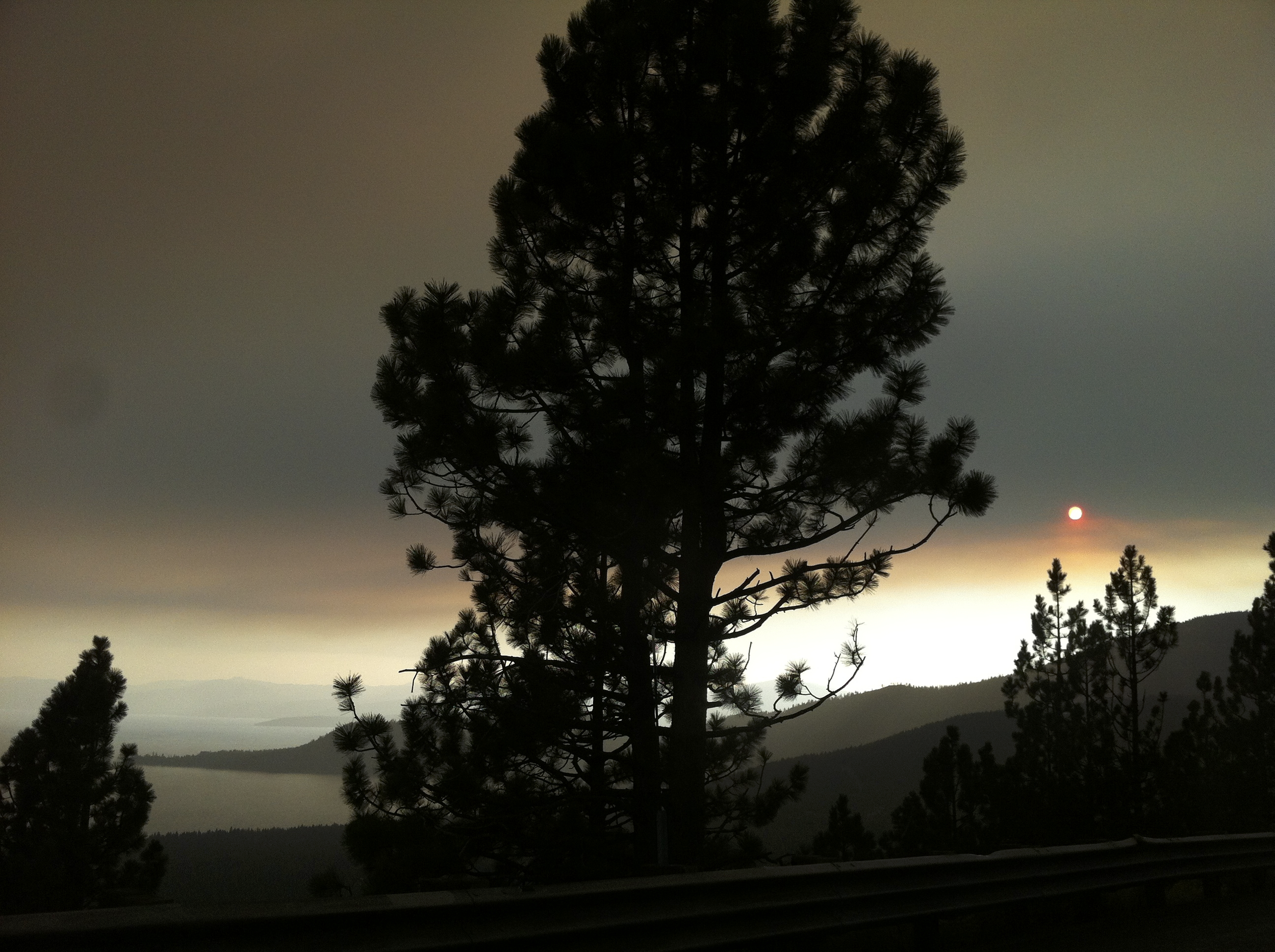
Toxic Smoke
There are safety and health dangers to us all from intentional agency wildfire growth and escaped prescribed burns
Help us spread the word that “all smoke kills”
Key facts you should know:
Toxic smoke particles PM1, PM2.5, PM10, Carbon Black, phosphorus, nitrogen and other toxic chemicals can travel deep into the respiratory tract, reaching the lungs and cause increase in algae and reduce lake and stream clarity
It’s important to remember that “any woody mass being burned does not really go away”.
The burning mass is simply transformed by heat from solid form into a myriad of other harmful solid and gaseous forms…then allowing transfer and spread over wide geographical locations…releasing and transporting harmful particles, carbon black, and dangerous chemicals into our daily environmental, our lungs and our children’s lungs, our atmosphere as greenhouse gases, into our streams, rivers and lakes (including the U.S. Clean Water Act impaired water of Lake Tahoe).
Agency intentional wildfire growth and escaped prescribed burns are not natural. They are manmade fires that spew toxic microscopic smoke particles, gases, and heat into the air. Agency burn managers often grow, steer, and increase fire size turning small fires into mega-fires. This is sometimes referred to as “boxing and burning.”
Every agency burn produces toxic smoke and soot containing harmful greenhouse gases and toxic PM1, PM2.5, PM10, Carbon Black, Phosphorus and Nitrogen, often time’s mercury. The particles and chemicals in toxic smoke affects us all, not just those who are categorized as “sensitive.” These microscopic particles and gases enter our lungs (including, children, pets and wildlife) as burn smoke and smoldering from agency fires and hangs in our atmosphere, even when it cannot be seen by the naked eye. The harm to humans caused by these toxic particles is well known. However, burn agencies continue to produce massive amounts of these toxic particles and chemicals during agency burn events without regard to health or Lake Tahoe water clarity. They allow these intentionally grown burns to degrade air quality stretching hundreds of miles. In some cases, smoke continues for days, weeks or months subjecting everyone in the immediate area and beyond to the effects of toxic smoke.
Tiny smoke particles, PM1, PM2.5 and Carbon Black (a known carcinogen), can travel deep into the respiratory tract, reaching the lungs. Exposure to toxic smoke causes short to long term health effects in all of us, including shortness of breath; eye, nose and throat irritation; and aggravating or worsening medical conditions such as asthma and heart disease. Scientific studies have linked increases in PM2.5 exposure with increased rates of chronic bronchitis, increased respiratory and cardiovascular hospital admissions and emergency department visits, and increased rates of lung cancer and heart disease leading to death.

